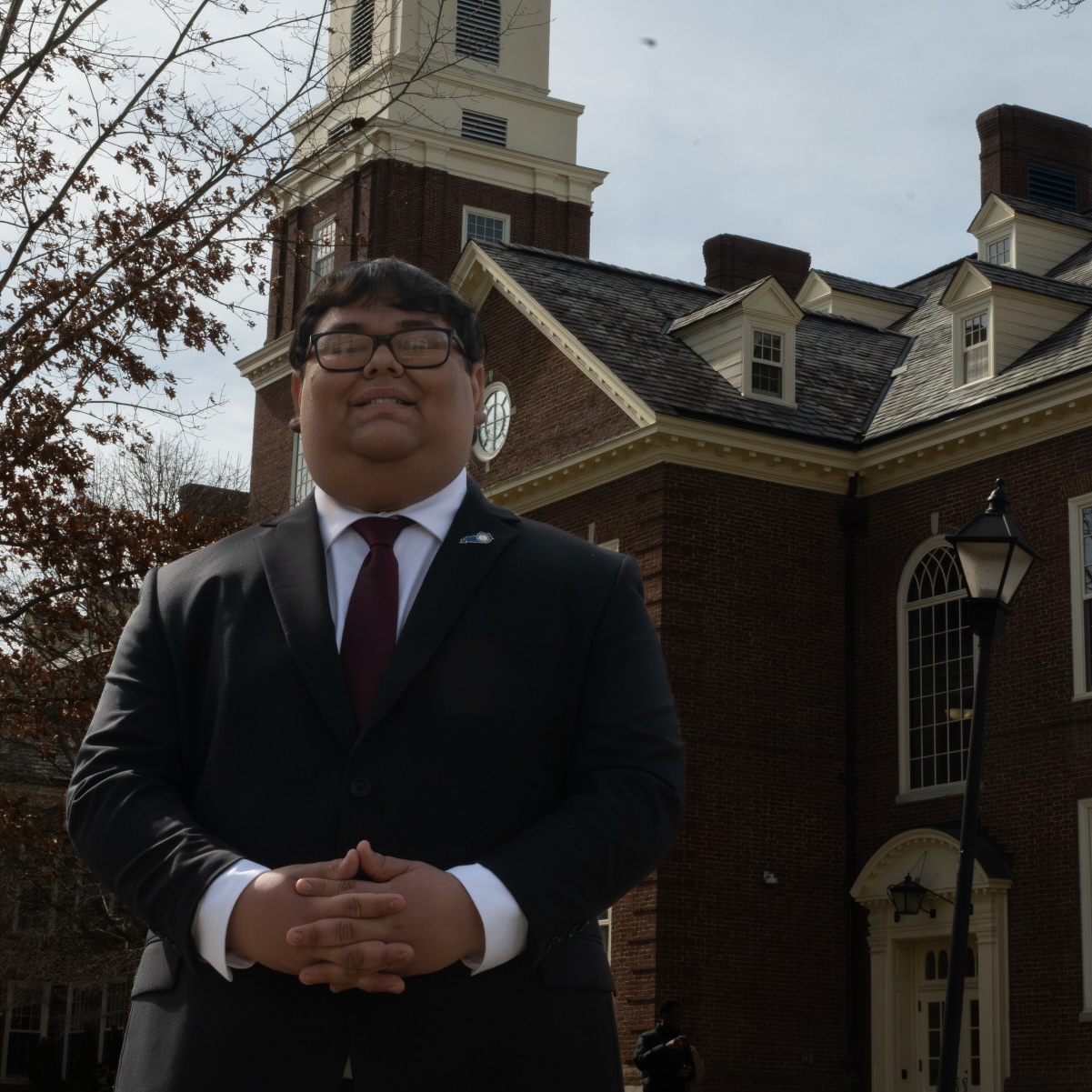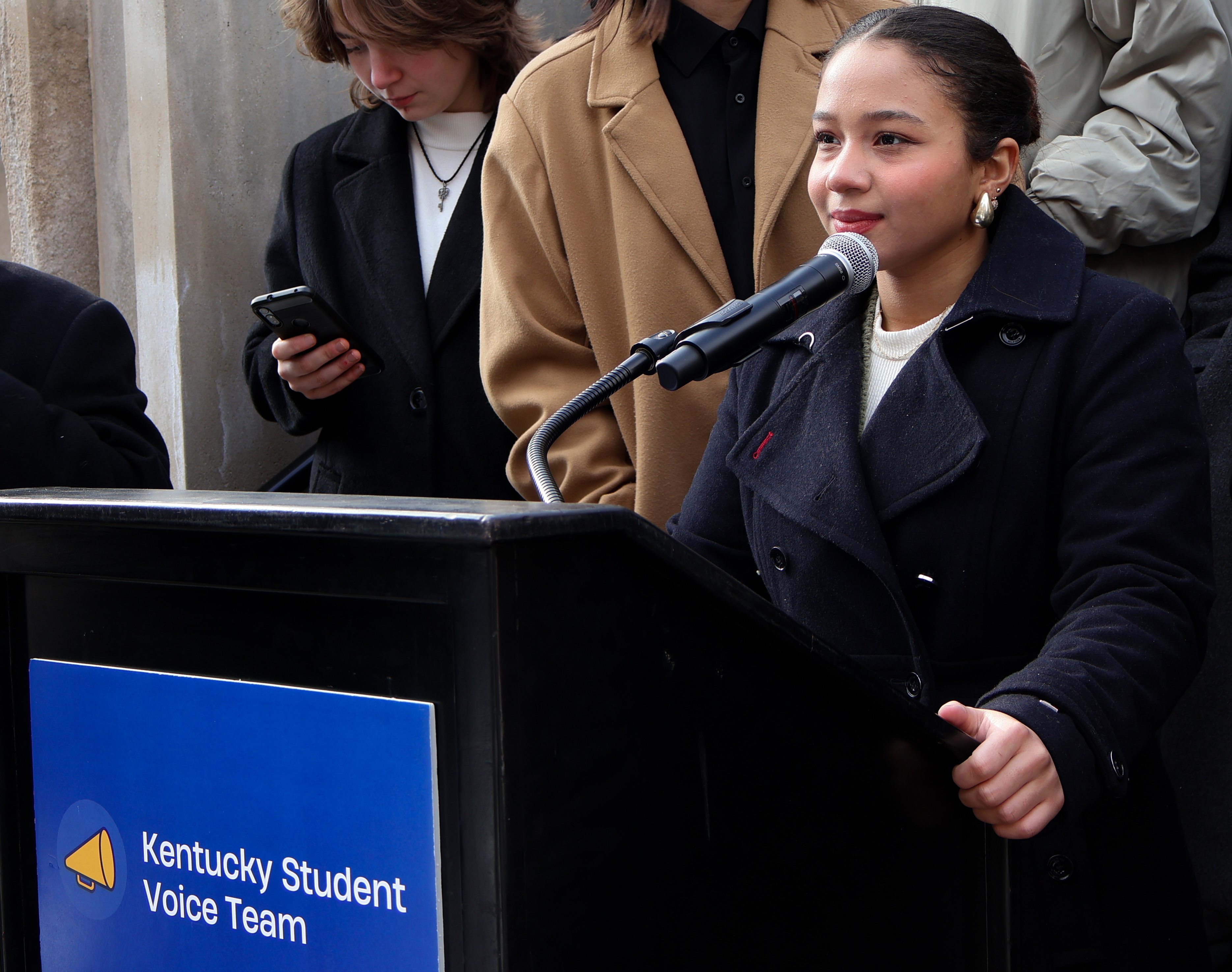Critical Race Theory: Those three words have fundamentally transformed the way millions of Americans view the education system. Across the country and the state of Kentucky, school board meetings and classrooms have descended into bitter political fighting rings. As tensions have boiled over, conservative state legislators across the country have moved to ban topics deemed “uncomfortable” for some students. But what is Critical Race Theory and why have so many moved to ban it in Kentucky?
Misguided efforts
Critical Race Theory is an academic concept that legal scholars like Derrick Bell, Kimberlé Crenshaw, and Richard Delgado developed decades ago. As Daniel HoSang, professor of ethnicity, race and migration and American studies at Yale University, told the Texas Tribune, “scholars took up the ways racial inequity persisted even after “a whole set of landmark civil rights laws and anti-discrimination laws passed” during the civil right movement.” The concept is a framework that “critiques how the social construction of race and institutionalized racism perpetuate a racial caste system that relegates people of color to the bottom tiers,” according to the American Bar Association. This framework considers that racism in America is not confined to an individual’s prejudice, but also is enshrined into institutions such as the legal system.
Critical Race Theory is mainly reserved for the collegiate level and, according to reporting by PBS, there is “little to no” evidence of critical race theory being taught in K-12 public schools.. Despite this, conservative legislatures, including in Kentucky, have introduced or passed dozens of bills to limit or ban CRT in classrooms to “protect” children from feeling “uncomfortable” or “guilty” when topics about race and ethnicity are discussed. Since January 2021, 42 states have introduced bills that would restrict and limit how teachers can discuss topics associated with CRT. Kentucky legislators filed HB 14 and HB 18 to restrict teachings of similar topics. Both bills stalled in committee.
Even as books and topics are being banned, the general public continues to support diverse and evidence-based education. A CBS-YouGov poll published in February revealed that 85% of Americans “don't support banning books from schools if they contain political ideas they disagree with” and 87% “don't support banning books discussing race or slavery,” demonstrating the clear ideological divide between lawmakers and parents.
More than meets the eye
Media often portrays rural communities as conservative while associating urban and suburban cities as liberal. But what do residents of rural areas actually think?
Ohio County is a small, working-class county located in western Kentucky and south of the Ohio River. With a population of approximately 23,500 residents, and voting Republican in the last 5 Presidential elections, it is safe to assume that Ohio County is politically conservative.
Yet the sentiment among many in Ohio County is a direct contradiction of what Kentucky legislators and conservative pundits have championed as “public opinion.” Residents expressed a mixture of concern, disappointment, and anger at the efforts lawmakers in Frankfort have made to regulate classroom discussions around the topics of race, ethnicity, and gender.
“I grew up really almost ashamed, ashamed that I was part Black,” Jess Poynter, a junior at Berea College, told The New Edu. Poynter, who graduated from Ohio County High School in 2020, expressed how much her perspective on her own identity was affected by a lack of representation and appreciation while in the K-12 system. “I knew the tiniest bit of Malcolm X, I didn't know the civil rights movement," they said. “I didn't understand and wasn't taught the importance of being proud of yourself and understanding that the history of my race and culture is important."
House Bill 14, of the 2022 Kentucky General Assembly, would ensure that “no public school or public charter school offers any classroom instruction or discussion that incorporates designated concepts related to race, sex, and religion.” Among the subjects specifically mentioned, many fear that the vague language would also disproportionately and adversely affect LGBTQ students.

Poynter, a proud member of the LGBTQ community, worries about the consequences of limiting classroom discussion about seemingly controversial issues. “If we banned these teachings, the bigotry in our country will just grow even more. It just really hurts my heart, and my mind, trying to understand why they're doing what they're doing,” she said.
Tyler Johnson is a recent graduate of Ohio County High School and is attending the University of Kentucky this fall. Johnson is white and also expressed concern over the depth and accuracy of the history courses he took during the course of his K-12 education.
“It's good to have that diversity of curriculum, just to really understand history,” he said. If not, “things fall through the cracks.” Johnson added that he fears anti-CRT legislation will lead to an overall “worsening” of education. “They're undermining the American education system,” Johnson added. “They're taking a fundamental part of history, and trying to just sweep it under the rug.”
A recent study of over 10,000 Kentucky middle and high school students conducted by the Kentucky Student Voice Team revealed that “46% of students report that their school needs to do more to confront racism.” Schools are already not doing enough to incorporate people of color into curricula. If the history of racism and of anti-racist activism are obscured, students of color suffer from a lack of historical representation while white students lose sensitivity. Furthermore, without an accurate account of history based on a common set of facts, all students stand to lose a shared understanding of what it takes to hold people and institutions accountable and support and realize a healthy democracy.
A setback to education
Even as the political headwinds behind the anti-CRT movement continue to garner support, students and educators all over the country are standing against such restrictions. Not only are these bans largely unpopular, but Studies have shown that when students are exposed to culturally responsive education, their reading and mathematics skills benefit. Another study of nearly 1,400 students in San Francisco discovered that when students participated in an ethnic studies course, they saw GPA gains and improved attendance. This data suggests that when students are challenged to think critically about history and social problems, they become increasingly motivated to keep engaging.
“I'm almost 59 and I wasn't taught anything about sex, ethnicity, gender, etc.” -Sandy Robinson, small business owner and clerical assistant at Beaver Dam Elementary School.
Sandy Robinson is a clerical assistant at Beaver Dam Elementary, a small business owner, and a commissioner for the city of Beaver Dam, Kentucky. She has dedicated her life to her community and fights for the continued support of children in her school.
Robinson recalls her early days of education as not very informative, with a limited social studies curriculum. “I don't feel like what we learned in social studies gave us a very good knowledge of what social studies actually is meant to be,” she said.
Now, she worries that anti-CRT legislation poses “a setback to education.”
“I fear there would be more racism, homophobia and less tolerance for someone viewed as different,” she said. “I feel that they are trying, whether on purpose or not, to build a society that is not empathetic to people that are not the same as them.”
Robinson’s concern about a less tolerant society is playing out. According to a report from The Federal Bureau of Investigations, hate crimes have reached the highest level in over a decade–though experts note the true number is likely even higher. In May 2022, A Tops grocery store was the target of a white supremacist who sought to kill as many African Americans as possible.
“It wouldn't just whitewash history, it would erase it.” -Alicia Geary, stay-at-home mom, Ohio County.
Alicia Geary is a stay-at-home mom who has a student in the Ohio County Public Schools system. Like Robinson, she feels that her formal education did not reflect what America is, and omitted the rich and expansive history of people of color.
“I didn't know about what happened in Tulsa all those years ago until I was in my very early twenties,” she said.
When asked about the current legislation aimed at limiting topics about race, ethnicity, religion, and sexual orientation, Geary expressed fear and anger. She explained that banning these topics would not only “whitewash” history but would ultimately “erase” it. “The only thing that you would get to talk about is white dudes, you know?... Straight, white, heteronormative white dudes doing something ‘good,’” she said.
Geary expressed her discontent with the way lawmakers are trying to steer public education. She is especially concerned with the struggles students, including her child, could face if social studies courses are restricted from providing a well-rounded scope of history and cultures. “It is vital that this be taught to children because scared children grow up to be scared adults, and as we know, scared adults are dangerous,” Geary said.
Geary also expressed a sense of urgency when it comes to protecting history and teachers, calling bans “oppressive.”
Even as hate crimes are on the rise, and white nationalism is growing, lawmakers continue to push the erasure of accurate history. If people of color and minorities are not actively represented in education and are being erased from curricula, what message does that send?
‘We cannot cherry-pick history’
In the wake of dozens of bills calling for restrictions on curricula, multiple education agencies are sounding the alarms.
An official statement from the College Board revealed that schools that ban required topics for Advanced Placement courses may lose their designation as such and ultimately cost students college credit. The statement goes on to say that the College Board opposes “censorship” and “is animated by a deep respect for the intellectual freedom of teachers and students alike.”
In Kentucky, the stakes could be even higher. House Bill 18 contains provisions similar to HB 14 when it comes to restricting concepts. HB 18, however, would also apply to institutions of higher education. The bill seeks to “prohibit classroom instruction or discussion that incorporates designated concepts related to race, sex, and religion at public postsecondary education institutions.” Education leaders in Kentucky have pleaded with lawmakers to reconsider such legislation because the measures would threaten professors' academic freedom and jeopardize colleges’ accreditation. Simply put, higher education in Kentucky would be seriously undermined. Students who invested time, effort, and money would be rewarded with meaningless diplomas.
“As an educator, I never want to be a political pawn,” Amy Miller, a social studies teacher at Ohio County High School, told The New Edu. Miller is dedicated to providing students with an “accurate” portrayal of American history which “includes a focus on ALL Americans regardless of race, gender, religion, etc.” She feels that “as difficult as it is at times, especially in an area with little diversity, sensitive discussions must be had regarding race, gender, and religion… [Students] want and deserve real history.”
The future of education will be determined by the actions of parents, educators, and students. Politicians will continue to mislead people as political agendas attempt to whitewash history and erase the legacy of minorities in this country. With the integrity of educational institutions at risk, people from across the country have expressed their disapproval of the conservative attempt to restrict conversations in the classroom. Ohio County is a prime example of an underrepresented rural community when it comes to media. Although Ohio County is often presented as a conservative stronghold, many of its students, parents, and educators represent a much larger movement to teach accurate history and encourage the diversification of education.
The New Edu reached out to Superintendent Seth Southard of Ohio County Schools, and state representative Scott Lewis. Both offices did not respond to a request for comment.















